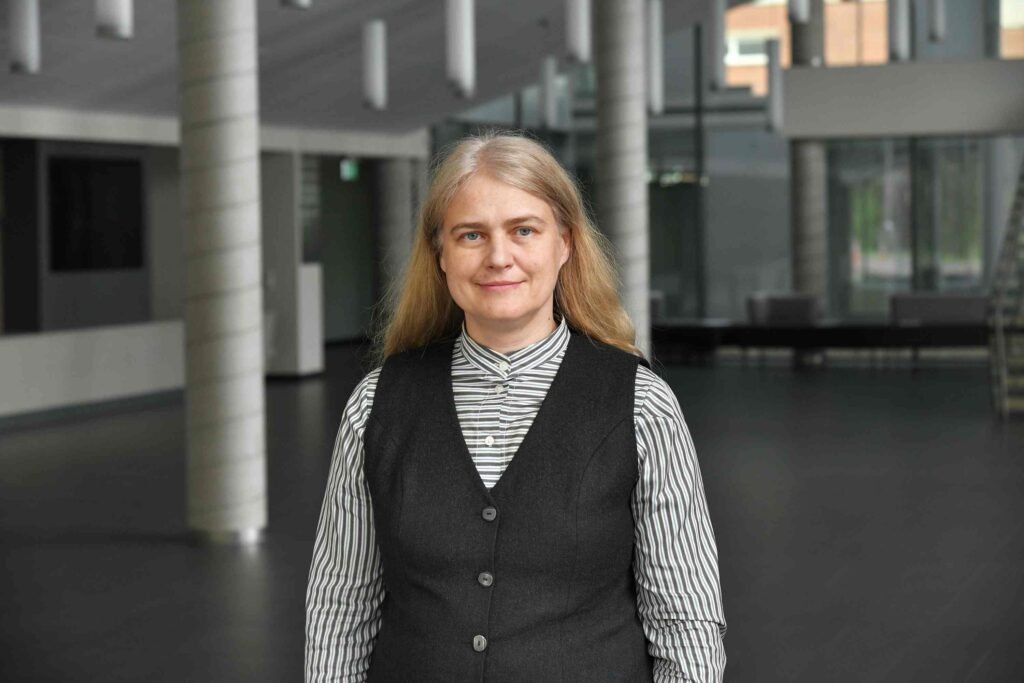Women in Science and Technology: Unlocking Opportunities for the Future
According to UNESCO, women make up a minority of researchers worldwide: only about 1 in 3 researchers is a woman. The good news isste that the share of women in science is gradually increasing — in 2023, it reached 31.7%, up from 30.9% in 2011. In Lithuania, this figure is higher at 48.5%; however, changes are still slow, and achieving gender equality in science may take several more decades.
Recent data show that although the share of women in the STEM (Science, Technology, Engineering, and Mathematics) workforce is gradually growing, their representation remains low — currently, women make up only 26% of the STEM workforce. Despite the rapid expansion of the sector and over 1 million new jobs created in the past seven years, progress is not fast enough to achieve gender parity. If current trends continue, equal representation of women and men in STEM fields will not be reached until 2070.
While women are still rarely seen in technology, engineering, or logistics, their achievements in medicine, psychology, and social sciences are often highlighted. Why is this the case, and how can change be encouraged? We discussed this with Prof. Dr. Aurelija Burinskienė from the Faculty of Business Management at VILNIUS TECH — a scientist, educator, and leader in the field of innovation logistics.
Women in Logistics Science: Challenges and Opportunities
Prof. Dr. Aurelija Burinskienė is a professor at the Faculty of Business Management at Vilnius Gediminas Technical University (VILNIUS TECH) and an expert in business logistics and technology applications. She not only teaches students, supervises theses, and conducts research, but also expands collaboration between academic institutions and the business sector.
Prof. Dr. Burinskienė also leads the international EU “Horizon Europe” project X-HuLog4.0, aimed at developing technologies focused on both consumers and employees in Europe.
One of her research priorities is to strengthen the connection between academia and the business sector. The X-HuLog4.0 project she leads promotes Logistics 4.0 development, which is based on the application of digital technologies and the enhancement of employee competencies. Prof. Dr. Burinskienė’s work is an excellent example of how science can serve as a bridge between academia and real business, applying innovative and sustainable strategies to find joint solutions, and directly contributing to business efficiency and innovation.
Unfortunately, although women are equal to men in achievements and capabilities, they still face stereotypes, self-doubt, and difficulties climbing the career ladder in technical fields, Prof. Dr. Burinskienė notes. Nevertheless, she believes that a strong academic community, mentorship, and international projects can open up new opportunities.
“It is important not only to encourage women to choose studies in technology or logistics but also to create an environment where they can fully develop,” the scientist emphasizes.
The Most Important Thing — Pursue Your Goal
For young women scientists aiming to overcome these challenges and succeed in science or technology careers, Prof. Dr. Burinskienė advises consistently pursuing their primary goal.
“I can give my personal example — as a young researcher, I set a goal to become a professor. It took me a little over 10 years to achieve this goal,” shares the VILNIUS TECH scientist.
She also encourages curiosity, actively seeking opportunities, joining international projects, and not being afraid to invite other researchers to collaborate.
“Women in science discover every day how technology is changing the world, and the more courageous and ambitious leaders there are, the broader the opportunities for future generations,” Prof. Dr. Burinskienė believes.
Press release prepared by Dr. Jolanta Nalivaikė, Dissemination & Communication Manager of the X-HuLog4.0 project

